
Polyptychoides assimilis is a moth of the family Sphingidae. It is found in South and East Africa, including Sudan. Some authors consider it to be a subspecies of Polyptychoides grayii.
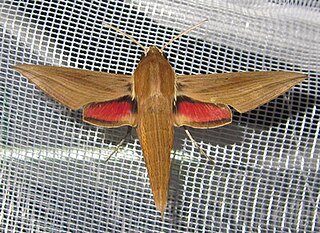
Hippotion eson is a moth of the family Sphingidae. It is very common in most habitats throughout the Ethiopian Region, including Madagascar and the Seychelles. It is a migratory species.
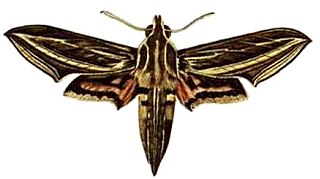
Hippotion osiris is a moth of the family Sphingidae. It is common throughout most of the Ethiopian Region, including Madagascar and the Seychelles. Occasional vagrants have been recorded from Spain. It is uncommon on the East African coast. This species is an occasional migrant.

Polyptychoides is a genus of moths in the family Sphingidae erected by Robert Herbert Carcasson in 1968.
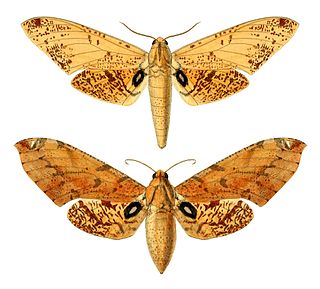
Platysphinx stigmatica is a moth of the family Sphingidae. It is known from forests from Nigeria to the Congo, Angola and western Uganda.

Polyptychoides grayii, or Gray's polyptychus, is a moth of the family Sphingidae. It is known from eastern Africa, south to South Africa.

Polyptychoides digitatus is a moth of the family Sphingidae. It is known from heavy forest up to 8,000 feet from Liberia and Angola to Uganda and western Kenya.
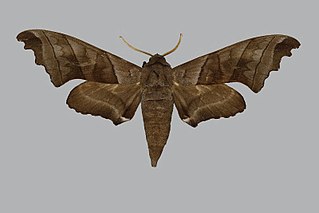
Polyptychoides erosus is a moth of the family Sphingidae. It is known from highland forest in Kenya and Tanzania, east of the Rift Valley.
Polyptychoides afarissaque is a moth of the family Sphingidae. It is known from Ethiopia.
Polyptychoides cadioui is a moth of the family Sphingidae. It is known from Tanzania and Kenya.
Polyptychoides insulanus is a moth of the family Sphingidae. It is known from eastern Africa.
Polyptychoides obtusus is a moth of the family Sphingidae. It is known from Tanzania.
Polyptychoides ruaha is a moth of the family Sphingidae. It is known from Tanzania.
Polyptychoides septentrionalis is a moth of the family Sphingidae. It is known from Kenya.
Polyptychoides politzari is a moth of the family Sphingidae. It is known from the Meru Forest in Kenya.
Polyptychoides mbarikensis is a moth of the family Sphingidae. It is known from the Mbaraki Mountains in the Morogoro Province of Tanzania.

Polyptychoides vuattouxi is a moth of the family Sphingidae. It is known from Sierra Leone, Ivory Coast and Ghana.
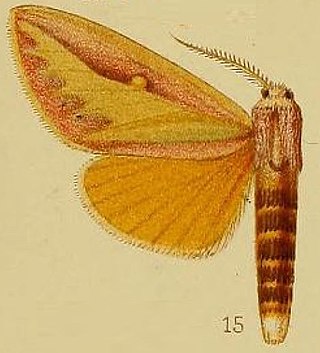
Leucophlebia afra is a moth of the family Sphingidae. It is found from Senegal to northern Uganda and Sudan in the east, and to Angola in the west.

Nephele peneus is a moth of the family Sphingidae. It is known from forests and woodland from Senegal to East Africa, Angola and Delagoa Bay.
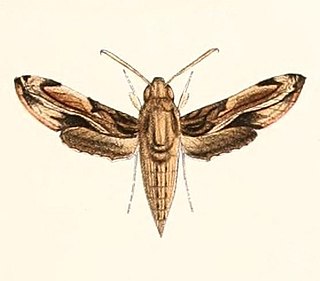
Theretra orpheus is a moth of the family Sphingidae. It is known from most of Africa.











